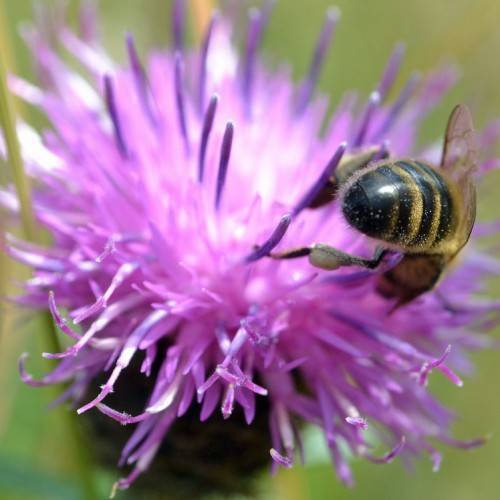
Black Starthistle
Centaurea nigra
Also Known As - Lesser KnapweedWatering:
Frequent
Hardiness Zone:
Sun:
full sun
Fruits:
Fruits Ready In Summer
Leaf:
Yes
Growth Rate:
Low
Drought Tolerant:
Yes
Salt Tolerant:
Yes
Thorny:
Yes
Invasive:
Yes
Care Level:
Medium
watering
This particular species of plant should be watered 1-2 times per week in the spring and summer, and once every 10-14 days in the fall and winter. When watering, the soil should appear moist approximately 2-3 inches down, and the soil should never be allowed to dry out completely. When watering your Big Head Starthistle, the water should be applied directly to the soil and not overhead on the foliage. Unwanted weeds and pests should be eliminated regularly with a light mulch.
sunlight
Big Head Starthistle (Centaurea macrocephala Mussin-Puschkin ex Willdenow) is an annual plant that grows best in full sunlight. According to the University of California, this species prefers 12-14 hours of sun per day during the summer months. In the winter months, when the light intensity is lower, the plant benefits from at least 6 hours of full sun per day. To ensure optimal growth, this species should be planted in an area which receives direct sunlight throughout most of the day.
pruning
For Big Head Starthistle, pruning should be done in the summer months, right before midsummer. The plant should be cut back and the dead branches removed. Pruning should focus on preventing the development of seed heads. Cut back any branches that are showing signs of forming a seed head. Also, remove any dead or diseased branches to make way for new growth. Pruning should be done throughout the season and should not take more than 20-30% off the top of the plant.
